By Wendy Lazarus, Founder and Co-President, The Children’s Partnership
It is not often that dental professionals, health care providers, advocates, and legislators from both sides of the aisle all agree on an issue, but that is precisely what happened at a hearing this week on the state’s dental program for low-income children. Testimony and discussion honed in on the sobering results of a December 2014 state audit, which found that millions of children enrolled in Medi-Cal (California’s Medicaid program) were not getting the dental care they need, and if they did, had to wait months to get it. The message to the California Department of Health Care Services was clear—too many children have suffered from a lack of adequate access to dental services and it would be unconscionable not to address the problem immediately.
Half of all children in California are enrolled in Medi-Cal—more than five million kids— yet the State is failing to meet these children’s most basic dental care needs. Less than half of the children enrolled in Medi-Cal are getting the dental care to which they are entitled and only a quarter of younger children. Children in certain communities across the state are worse off than others: as many as 27 of California’s 58 counties have a severe lack of providers willing to take Medi-Cal, and five counties don’t have a single dentist who accepts it.
No wonder dental disease remains the number one unmet health need among children and the most prevalent chronic health problem. By failing to provide access to dental care, California is placing our most vulnerable children, and especially our youngest, at higher risk of lifelong dental diseases. Tooth decay makes it hard for kids to eat or sleep well. It contributes to school absences and poor class performance. What’s more, dental disease costs taxpayers far more in expensive emergency room visits that could have been avoided through preventive care.
It’s no mystery what it will take to turn around this crisis facing our kids. The course for action was evident at the hearing. In fact, the State’s audit provided a start with 24 commonsense recommendations. For example, the State should establish criteria for assessing if and how children are getting care and address the gaps based on data collected. This assessment should go further—provide a picture of where children live compared to where the nearest Medi-Cal provider is and analyze the situation for populations of children who have been shown to have difficulty getting care: very young children.
This is also the right time to rigorously apply evidence-based alternatives to traditional, dental office-based care so that children in every geographic region of our state are well served. In particular, the State should invest in expanding the reach of the Virtual Dental Home, which brings dental care to children and other underserved populations where they are, including schools and Head Start sites. Through this proven model, specially-trained dental hygienists work with patients in community settings and then send photos and videos to the supervising dentist at a clinic or dental office. The dentist then uses that information to create a dental treatment plan for the hygienist to implement. When we bring dental care to children in their communities, they are more likely to get the care they need and less likely to miss school. Further, wider use of this innovative approach addresses barriers many low-income families experience, such as a lack of transportation and an inability to miss work.
Finally, California’s leaders ought to pay particular attention to our youngest children. Early preventive dental care results in better oral health, overall health, and well-being over a lifetime. Yet, young children enrolled in Medi-Cal receive dental services at even lower rates than their older counterparts. State policymakers should invest in what will truly make a difference for this population. This includes raising our exceptionally low reimbursement rates for providers who treat underserved children and incentivizing community-based providers, such as community health educators known as “promotoras” and home visitors to work with the dental team.
Considering the results of the audit, it’s not surprising that California ranks in the bottom 12 states in providing dental care to children enrolled in Medicaid. But we can do better than that. The new California Department of Health Care Services director, only in her job now for a few weeks, gave a strong indication at the hearing that she understands the challenges before her and the Department. She has expressed a strong commitment to address the problem in a timely manner and work with all stakeholders to make dental care access for low-income children a reality. For the millions of families across California, let’s ensure children of every age and in every corner of the state get the dental care all children need and deserve.
